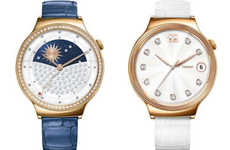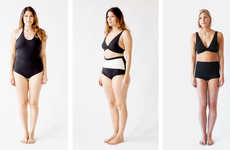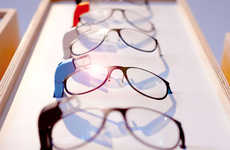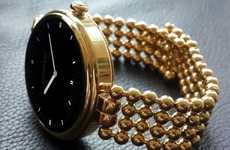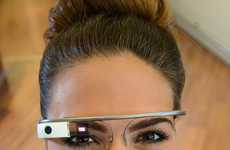

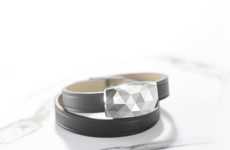
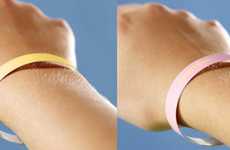
High-tech wearables take the guess work out of sun protection
Implications - As concerns around exposure to UV rays continue to grow, high-tech wearables and smart clothing are emerging that provide guidance to consumers regarding application of sunscreen in reference to their climate. In enabling customized skincare advice, such wearable technology affords consumers peace of mind by empowering them to take control of their skincare concerns in a scientific and calculated way.
Workshop Question - How has biometric technology impacted your industry? How should your company adjust to its space in the market?
Trend Themes
1. Wearable UV Monitoring - The rise of wearables that monitor UV exposure allows consumers to take a scientific, personalized approach to skincare with the convenience of wristbanded technology.
2. Incorporating Acid-releasing Agents Into Wearable Technology - Innovations such as Smartsun's sun-sensitive wristband and its incorporation of acid-releasing agents set the stage for the use of such compounds in other wearables to improve their functionality.
3. Total Health-tracking Wearables - The Huawei Honor Band A1 offers wearers access to total health data including UV tracking and may encourage competitors to develop more convenient, personalized options for consumers.
Industry Implications
1. Beauty Industry - Wearable technology such as JUNE jewelry and Marie Spinali's anti-sunburn swimsuits present lucrative opportunities for the beauty industry to develop complementary skincare and protective products.
2. Tech Industry - The integration of UV-monitoring technology in wearable devices such as the Microsoft Band and the Huawei Honor Band A1 may set the standard for wider use of smartwatch and fitness-tracking capabilities.
3. Fashion Industry - The integration of UV-monitoring technology in wearables such as JUNE jewelry and smart swimsuits suggests potential collaborations between tech and fashion industry leaders in the development of stylish, functional fashion products.

